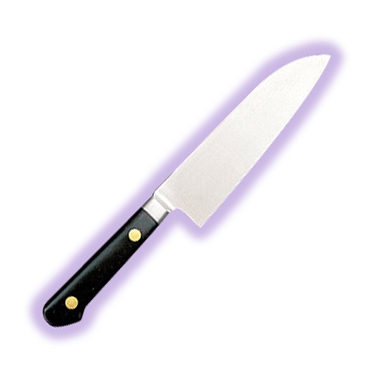Santoku knife Selections
-
On Sale

-
On Sale

-
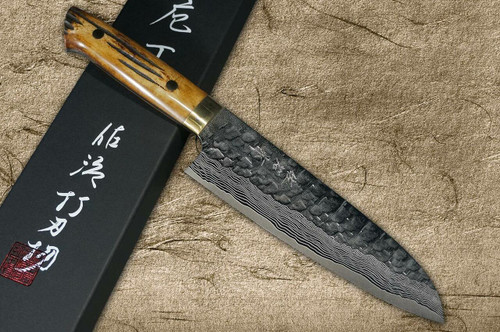
-

-

-
On Sale
![Yoshimi Kato Aogami Super Kurouchi V-Hammered OL8N Japanese Chef's Bunka Knife 170mm with Olive Handle [Red Turquoise Ring] Yoshimi Kato Aogami Super Kurouchi V-Hammered OL8N Japanese Chef's Bunka Knife 170mm with Olive Handle [Red Turquoise Ring]](https://cdn11.bigcommerce.com/s-attnwxa/images/stencil/500x659/products/6593/257690/yoshimi-kato-aogami-super-kurouchi-v-hammered-ol8n-japanese-chefs-bunka-knife-170mm-with-olive-handle-red-turquoise-ring__64200.1737319412.jpg?c=2)
-

-
On Sale
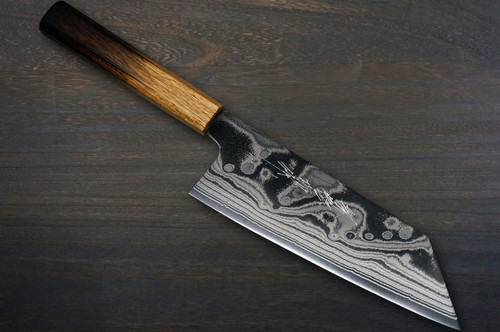
-
On Sale

-
On Sale
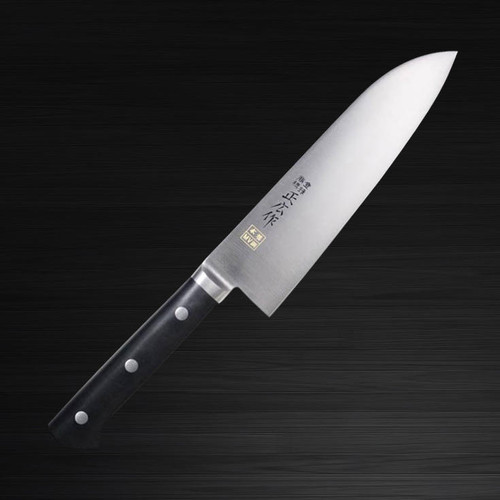
-
On Sale

-

-
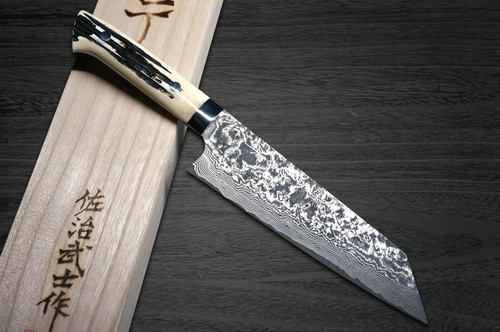
-
On Sale
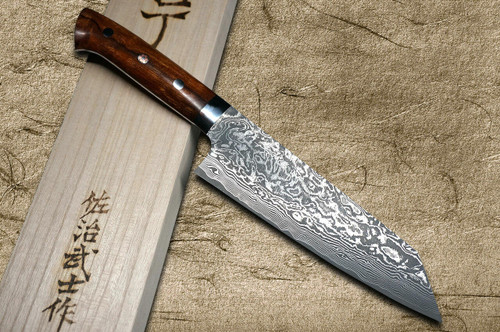
-
On Sale

-
On Sale

-
On Sale

-
On Sale
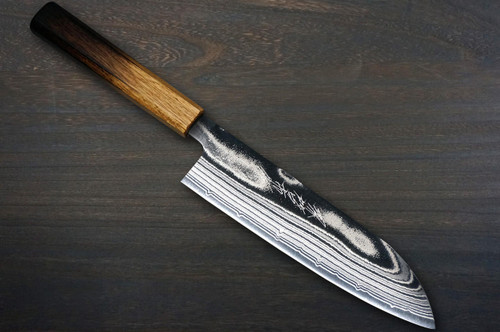
-
On Sale
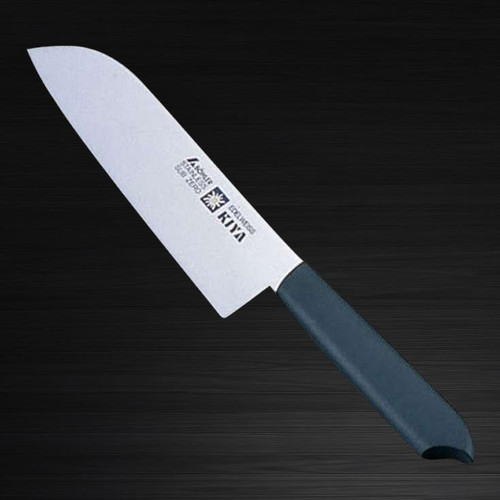
-
On Sale

-
On Sale

-
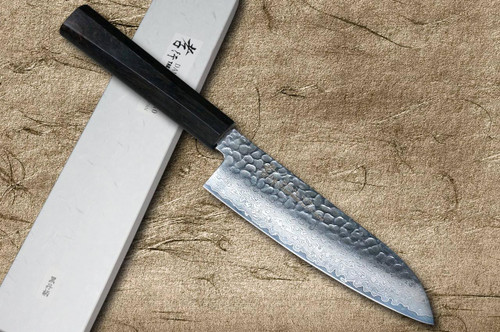
-
On Sale
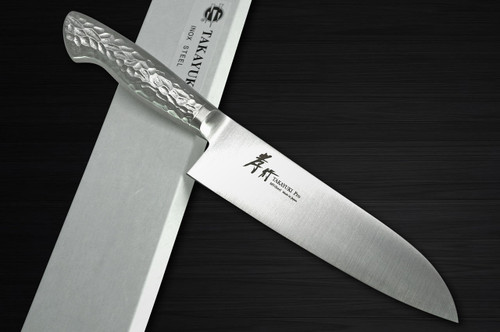
-
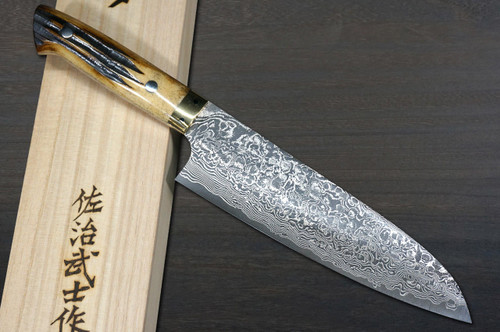
-
On Sale

-

-
On Sale

-
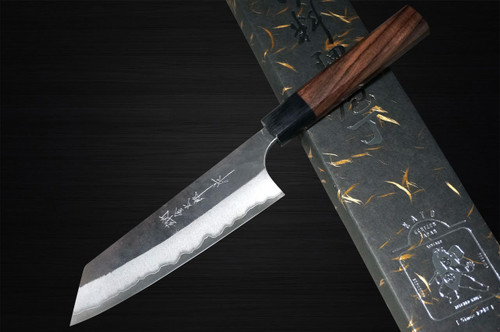
-
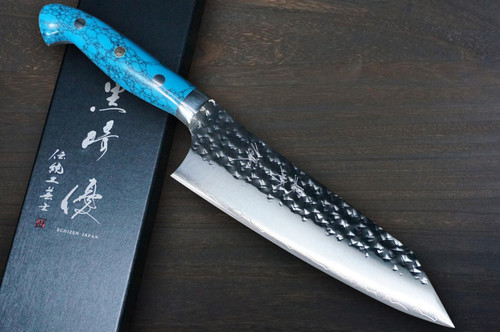
-
On Sale

-
On Sale
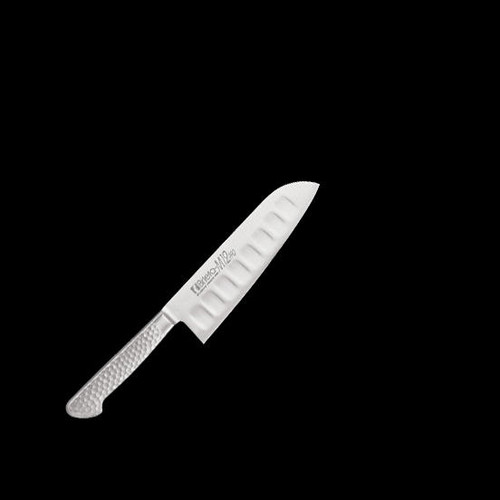
-
On Sale
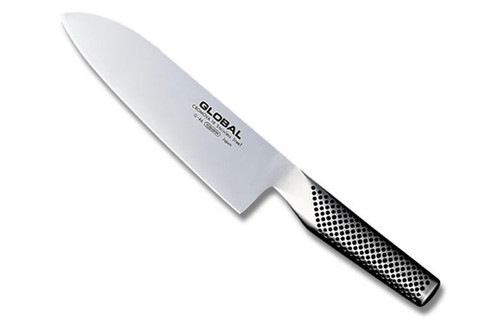
-
On Sale
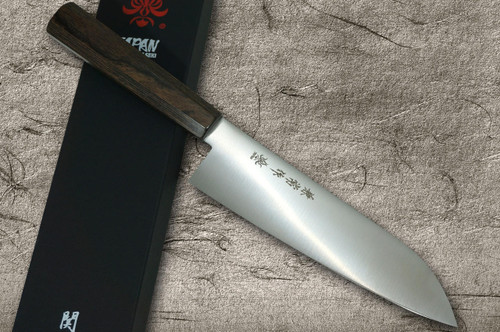
-
On Sale
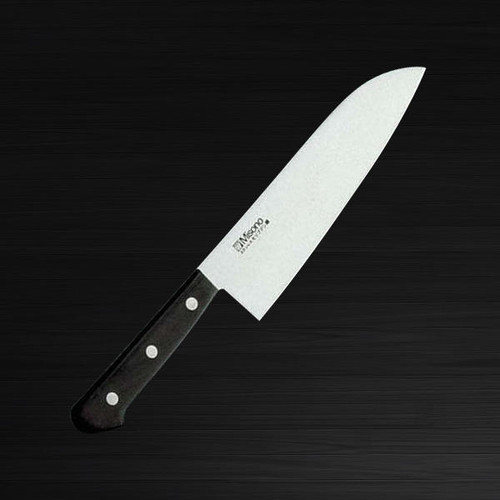
-
On Sale

-
On Sale

-
On Sale
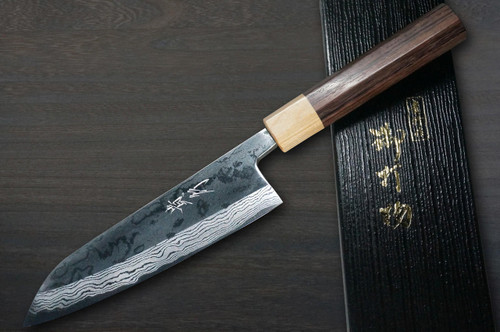
-

-

-

-
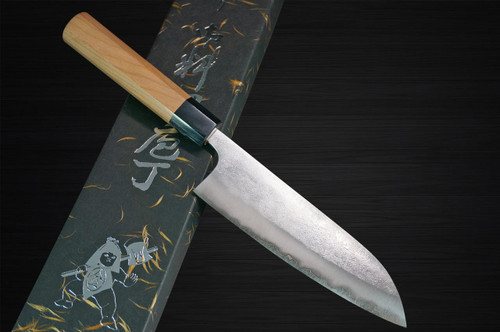
-
On Sale

-
On Sale

-
![Sakai Takayuki 33-Layer VG10 Damascus RIO Chef's Santoku Knife 170mm with Japanese Lacquered Handle [Purple] Sakai Takayuki 33-Layer VG10 Damascus RIO Chef's Santoku Knife 170mm with Japanese Lacquered Handle [Purple]](https://cdn11.bigcommerce.com/s-attnwxa/images/stencil/500x659/products/6273/245155/sakai-takayuki-33-layer-vg10-damascus-rio-chefs-santoku-knife-170mm-with-japanese-lacquered-handle-purple__04526.1720453954.jpg?c=2)
-
On Sale
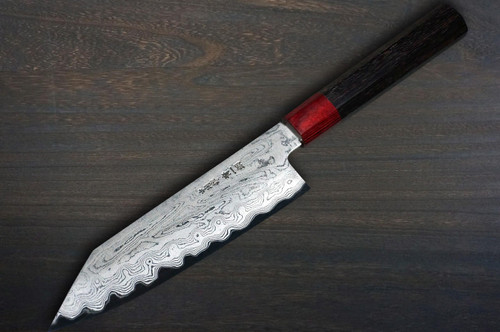
-

-
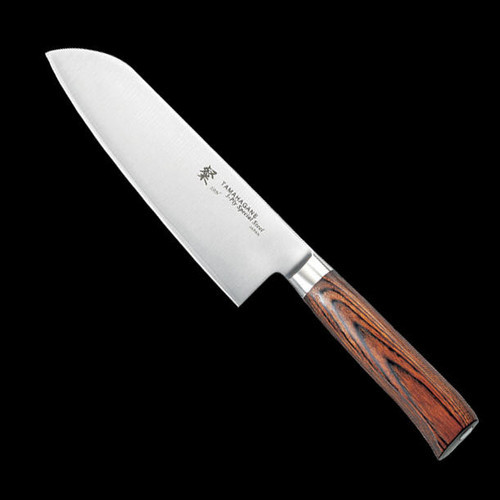
-
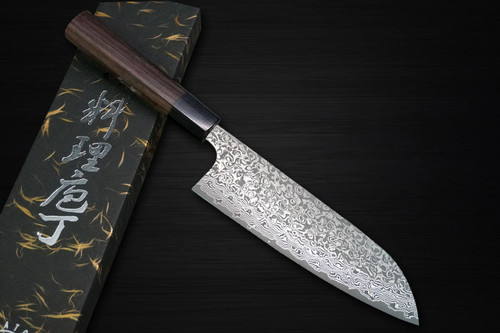
-
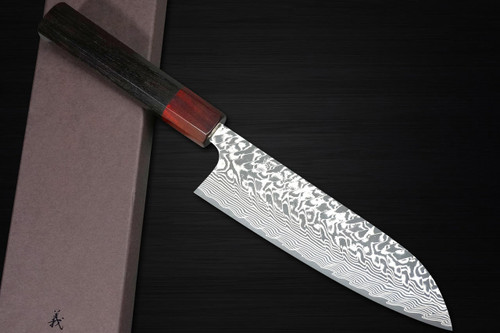
-

-

-

-
On Sale

-
On Sale

-
On Sale
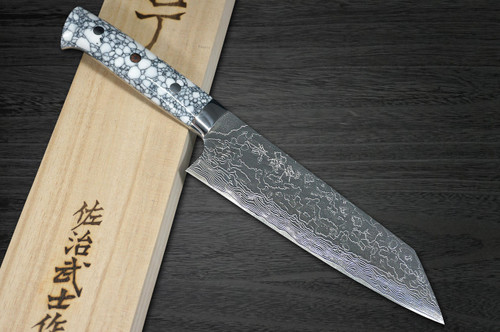
-
On Sale
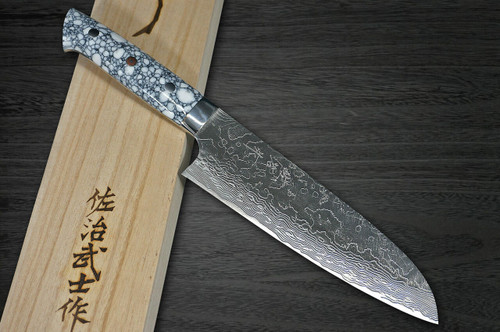
-
On Sale

-
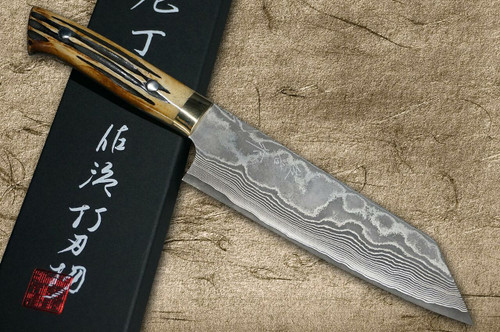
-
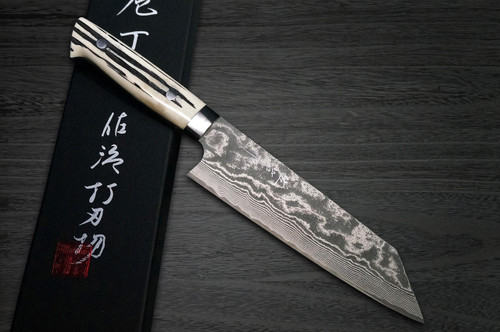
-
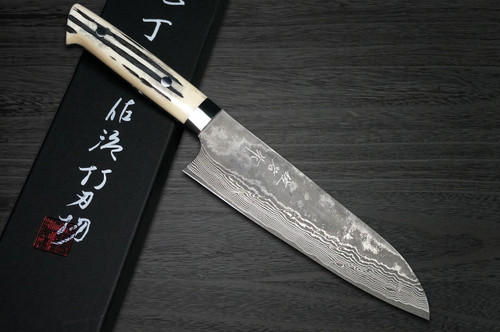
-

-
On Sale
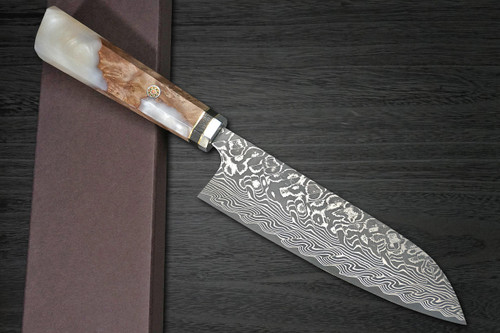
-
On Sale

-
On Sale
![Yu Kurosaki R2(SG2) Hammered SENKO-EI WA INDIGO Japanese Chef's Bunka Knife 165mm with Indigo-dyed Handle and Saya Sheath [AI-TENMOKU] Yu Kurosaki R2(SG2) Hammered SENKO-EI WA INDIGO Japanese Chef's Bunka Knife 165mm with Indigo-dyed Handle and Saya Sheath [AI-TENMOKU]](https://cdn11.bigcommerce.com/s-attnwxa/images/stencil/500x659/products/6401/258244/yu-kurosaki-r2sg2-hammered-senko-ei-wa-indigo-japanese-chefs-bunka-knife-165mm-with-indigo-dyed-handle-and-saya-sheath-ai-tenmoku__03686.1738188013.jpg?c=2)
-
On Sale

-

-
On Sale
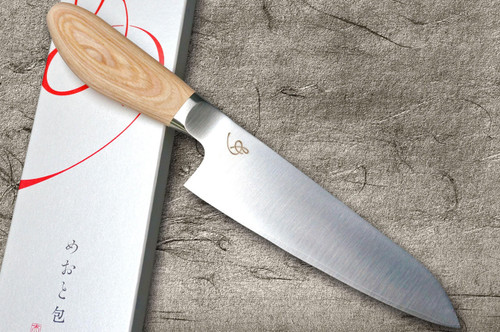
-
On Sale

-
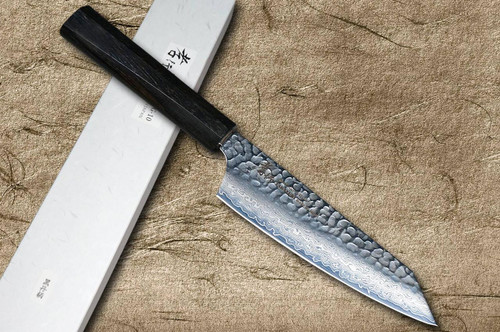
-

-

-
![Sakai Takayuki JEWEL VG1 Japanese Chef's Santoku Knife 180mm Double Ring Wenge Handle [Ruby] Sakai Takayuki JEWEL VG1 Japanese Chef's Santoku Knife 180mm Double Ring Wenge Handle [Ruby]](https://cdn11.bigcommerce.com/s-attnwxa/images/stencil/500x659/products/5957/231136/sakai-takayuki-jewel-vg1-japanese-chefs-santoku-knife-180mm-double-ring-wenge-handle-ruby__17878.1695016015.jpg?c=2)
-
On Sale

-
On Sale

-
On Sale
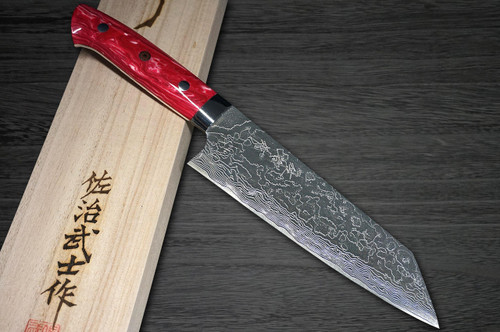
What is a Santoku Knife? Professional’s Guide to Choosing and Comparison Table
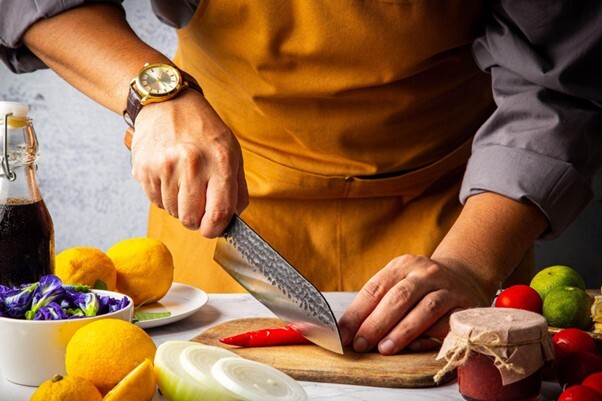
"Which Santoku knife should I choose?"
"Choosing a Santoku knife is difficult…"
Do you have these concerns?
Santoku knives are versatile household knives suitable for meat, fish, and vegetables, but their feel and performance vary significantly based on material, thickness, and grip.
This article clearly explains everything you need to know before buying: how to choose a Santoku knife, characteristics by material, care methods, and how it differs from other knives.
If you want to find the perfect one for you, be sure to read to the end.
How to Choose a Santoku Knife
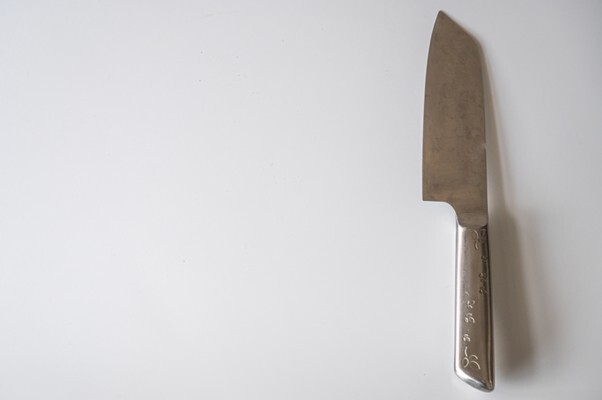
There are three main points to consider when choosing a Santoku knife.
- Point 1: Weight and Balance
- Point 2: Blade Thickness
- Point 3: Grip Shape
Let's explain each one.
Weight and Balance
First, check the "weight and balance."
The weight and balance of a santoku knife greatly affect how easy it is to cook with. If it's too heavy, your hand will tire; if it's too light, you'll need extra force to cut ingredients.
A standard santoku knife weighing around 120g to 200g is generally considered easy to use. A good balance between the blade and handle weight allows for smooth cutting with minimal effort. Try holding it in the store and check if it feels natural when you swing it. Choose a knife with a weight that feels comfortable in your hand.
Blade Thickness
Next in importance is "blade thickness."
Blade thickness determines the balance between sharpness and durability. A thin blade cuts well but is more prone to chipping. A thick blade is durable but may have reduced sharpness.
For home use, a thickness of about 2mm to 3mm is recommended. If you mainly cut vegetables, a thinner blade is better; if you frequently cut meat and fish too, a slightly thicker blade is preferable. Think about the dishes you usually prepare when making your choice.
Grip Shape
Finally, the "grip shape" is crucial.
The shape of the handle affects how easy it is to grip and how safe it feels. Since hand size and grip style vary from person to person, choosing a shape that fits you is crucial.
Round grips fit comfortably in your hand and reduce fatigue during extended use. Square grips offer better slip resistance and a firm hold. If possible, try gripping different options to find one that fits your hand well.
Choosing the Steel
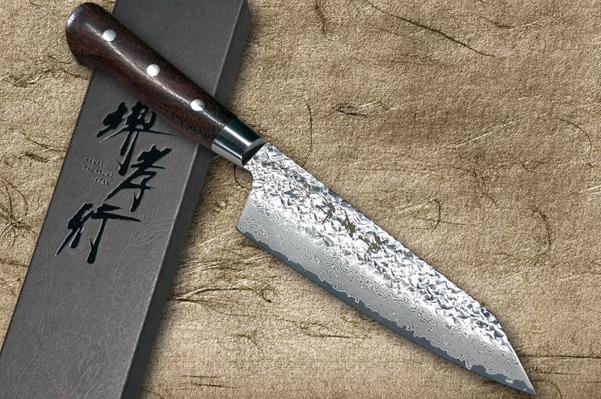
The main steel types for Santoku knives are the following four:
- Stainless Steel
- Carbon Steel
- Damascus
- New Materials
Let's explain each one.
Stainless Steel
Stainless steel is a rust-resistant material that is easy to maintain.
It is dishwasher safe, making it ideal for busy individuals or those new to cooking. It is also affordable, with many manufacturers offering a variety of options.
It offers sufficient sharpness and is perfectly adequate for home cooking. However, compared to carbon steel, its sharpness may not last as long. It's ideal as an everyday knife for those prioritizing convenience.
Carbon Steel
Carbon steel is a steel material known for its exceptionally sharp cutting edge.
It's favored by professional chefs, and a single sharpening can maintain its edge for a long time. However, it rusts easily, so it's essential to wipe off moisture after each use.
Regular maintenance is also essential. Recommended for those passionate about cooking who enjoy caring for their knives. It's the optimal choice for those prioritizing sharpness above all else.
Damascus
Damascus steel features a beautiful, unique wave pattern and an appealing, high-end appearance.
Made by layering multiple steels, it offers an excellent balance of sharpness and durability. While priced higher, it can boost your motivation for cooking.
It's also popular as a gift. It's suitable for those who enjoy cooking as a hobby or who want a high-quality knife.
New Materials
Santoku knives made from new materials like ceramic and titanium are also available.
Ceramic is lightweight, rust-free, and doesn't impart a metallic taste. However, it's not suitable for hard ingredients or frozen foods. It also risks breaking if dropped.
Titanium is lightweight, rust-resistant, and safe for those with metal allergies. It's recommended for special applications or individuals with specific physical sensitivities.
Care for Your Santoku Knife
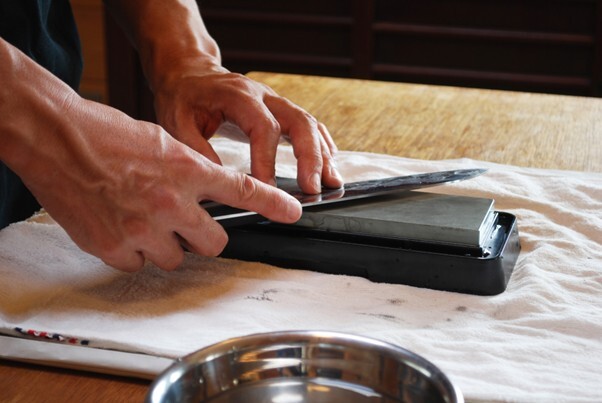
To make your Santoku knife last longer, there are four main steps for care.
- STEP 1: Wash Immediately
- STEP 2: Thoroughly Wipe Away Moisture
- STEP 3: Sharpen regularly
- STEP 4: Store in a well-ventilated area
Let's explain each one.
STEP 1: Wash Immediately
It's crucial to wash them as soon as possible after use.
Leaving food juices or oils on the blade can damage it and cause rust. Especially after cutting highly acidic foods, rinse it immediately.
Use a neutral detergent and gently wash with a soft sponge. When washing the blade, be careful not to cut yourself, and wash from the base toward the tip. Avoid detergents containing abrasives and hard sponges, as they can damage the blade.
STEP 2: Thoroughly Dry the Blade
Always wipe off all moisture after washing.
Leaving moisture behind causes rust and shortens the knife's lifespan. Even stainless steel is vulnerable to moisture.
Use a clean cloth or paper towel to carefully wipe both the blade and handle. Pay special attention to wiping the base of the blade and the joint where it meets the handle, as moisture tends to linger there. Allowing it to dry completely will help maintain its beautiful condition for a long time.
STEP 3: Sharpen Regularly
Regular sharpening is essential to maintain sharpness.
Even the finest santoku knife will inevitably dull with use. A dull blade crushes ingredients and affects the final result of your cooking.
For home use, sharpen it about once a month using a simple sharpener or whetstone. Beginners are advised to start with a simple sharpener. If you're unsure about sharpening techniques, having a professional at a knife shop do it is also a good option.
STEP 4: Store in a Well-Ventilated Area
Choose a storage location prioritizing ventilation.
Damp areas or sealed drawers can cause rust. Proper storage is crucial for extending your knife's lifespan.
Use a knife block or magnetic knife holder to store them in a well-ventilated area. If using a blade cover, ensure the knife is completely dry first. Storing it wet can cause rust or mold.
Knives Often Compared to Santoku Knives
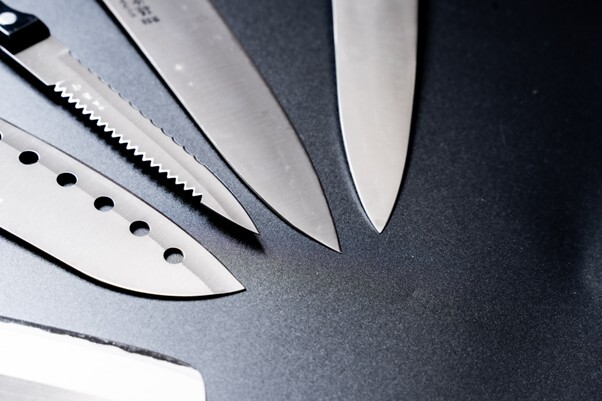
When choosing a Santoku knife, there are other knives often compared to it.
Understanding the characteristics and uses of each will help you choose the best knife for your needs. The main alternatives are the chef's knife, utility knife, and vegetable knife.
Compare the characteristics of each knife in the table below.
| Knife Type | Blade Length | Primary Uses | Characteristics | Recommended For |
|---|---|---|---|---|
| Santoku Knife | 15–18 cm | Meat, Fish, and Vegetables | Well-balanced and versatile | Beginner cooks and home use |
| Chef's Knife | 18–24 cm | Mainly for meat and fish | Long blade for easy cutting | For serious cooks |
| Utility Knife | 12–15 cm | Meat, fish, and all vegetables | Similar to a Santoku knife | Home use / All-purpose |
| Vegetable Knife | 16–18 cm | Vegetable-specific | Thin blade ideal for vegetables | For those who cook vegetables frequently |
The Santoku knife is named for its three uses: "meat, fish, and vegetables."
The chef's knife is a Western-style knife with a long blade, making it suitable for cutting large ingredients.
Utility knives have nearly the same functionality as Santoku knives, though their shape varies slightly by manufacturer.
The vegetable knife is a traditional Japanese knife (called “NAKIRI”) specifically designed for cutting vegetables.
For first-time buyers or those wanting a single knife, the Santoku knife is recommended. Those wishing to expand their culinary repertoire should consider using multiple knives tailored to specific tasks.



